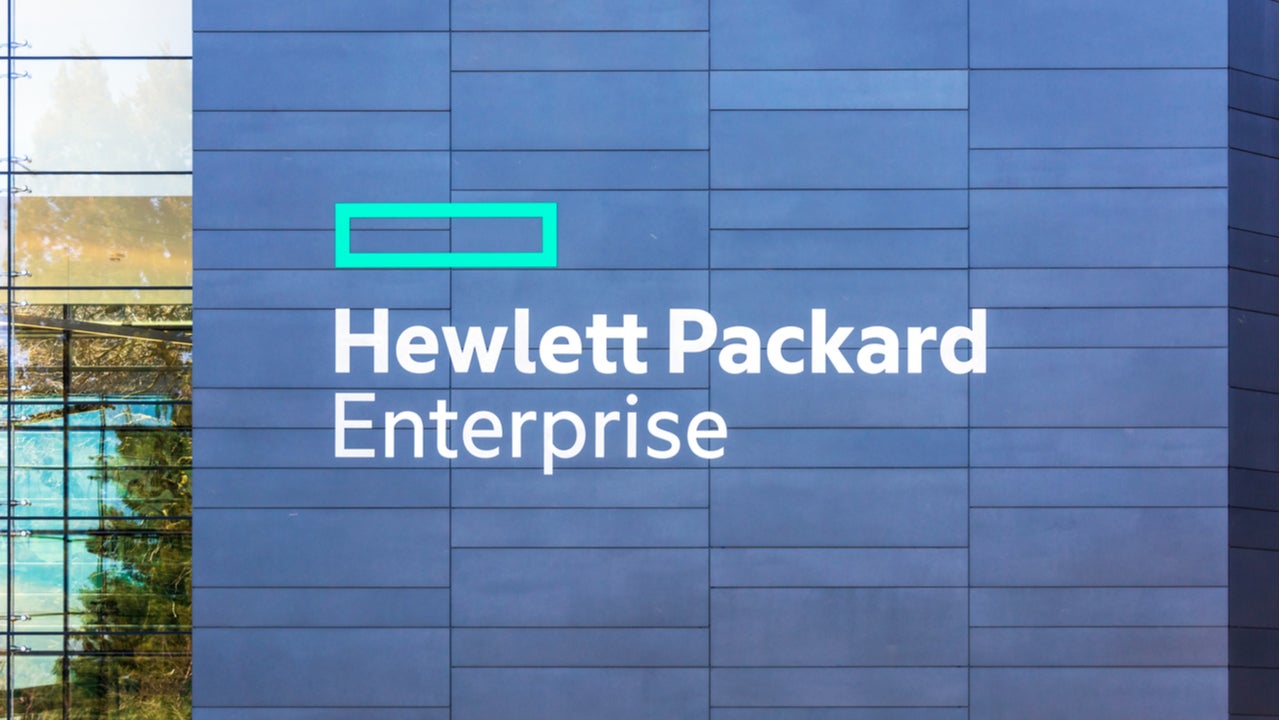
Hewlett Packard Enterprise (HPE) reported mixed fiscal first-quarter results in which its Intelligent Edge products showed solid growth against a backdrop of declining revenue.
The Houston-headquartered tech firm reported overall revenue of $6.8bn, down 2% year on year.
For the period ended 31 January 2021, HPE’s net earnings totalled $223m, down from $333m the year prior.
Diluted earnings per share calculated using formal accounting measures came in at $0.52, up from the firm’s prior conservative outlook of $0.40 to $0.44 per share.
Intelligent Edge, HPE’s product suite for analysing data at the site where it is generated, continued to show promising growth. Revenue was up 12% year on year to $806m. Intelligent Edge operating profit margin came in at 18.9%, a year-on-year increase of 6.6%.
In recent years the company has shifted its focus on edge-to-cloud solutions and last year it acquired SD-WAN firm Silver Peak to further these goals.
How well do you really know your competitors?
Access the most comprehensive Company Profiles on the market, powered by GlobalData. Save hours of research. Gain competitive edge.

Thank you!
Your download email will arrive shortly
Not ready to buy yet? Download a free sample
We are confident about the unique quality of our Company Profiles. However, we want you to make the most beneficial decision for your business, so we offer a free sample that you can download by submitting the below form
By GlobalDataThe story was less rosy in the High-Performance Compute and Mission Critical Systems segment. Revenue was down 9% year on year to $762m. The segment’s operating profit margin slumped too, down 1.9% from the year-ago period to 5.6%, making it HPE’s weakest performer by this metric.
For less powerful machines falling under HPE’s Compute segment, revenue was down 1% to $3bn.
Financial services revenue totalled $860m, down 1% year on year.
“The global pandemic has brought a renewed focus on digital transformation as businesses are rethinking everything from remote work and collaboration to business continuity and data insight,” said Antonio Neri, president and CEO of HPE in a statement.
“As the world heads to recovery, our customers are looking for the agility and simplicity of the cloud-native world with the flexibility and control of a hybrid business model – and this is where we have a unique and differentiated value proposition.”
He added that the company would continue its pivot to an “as-a-service” business model to drive growth.
HPE’s inventory increased from $2.67bn in the previous quarter to $2.79bn, suggesting a struggle to shift product between 31 October and 31 January.
The company did, however, reduce its long-term debt from $12.18bn to $11.96bn over the same period.
“HPE’s results demonstrated further recovery from the pandemic-related slowdown last year,” said Dave Heger, CFA of equity research at financial services firm Edward Jones.
“We are especially encouraged to see another quarter of solid growth from the Intelligent Edge segment, which we feel will contribute to growth over the next several years. In contrast, declines from the Compute and Storage segments are easing, but these businesses are still in modest decline, thus constraining overall growth.”
He added that these segments needed to stabilise but believes HPE management is “doing a good job managing costs to offset the revenue pressures”.
HPE did not provide a revenue forecast for its fiscal second quarter, but expects earnings per share to be in the range of $0.02 to $0.08 using formal accounting rules.
HPE split from Hewlett-Packard in 2015 to focus on enterprise technology solutions, while HP remained focus on its consumer-facing products.
Read more: SBC-2 Microsoft and HPE combine cloud and edge computing to advance space research







